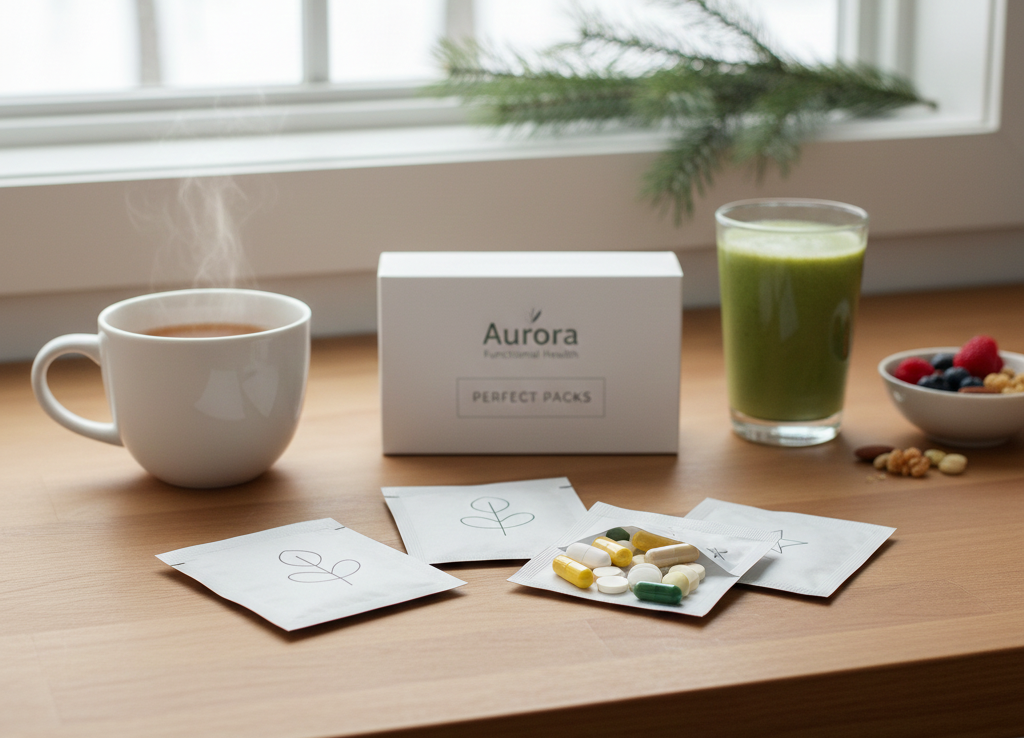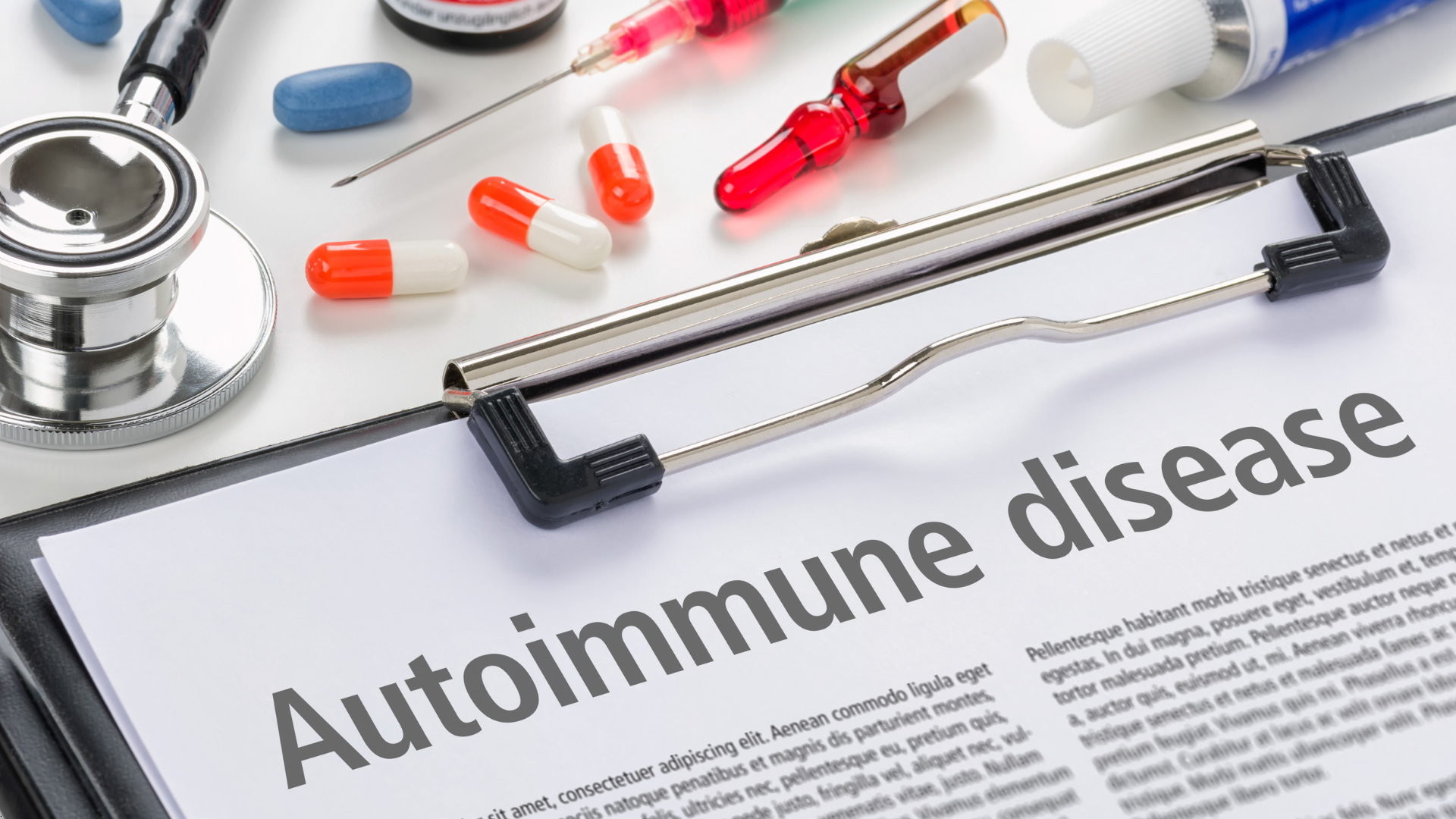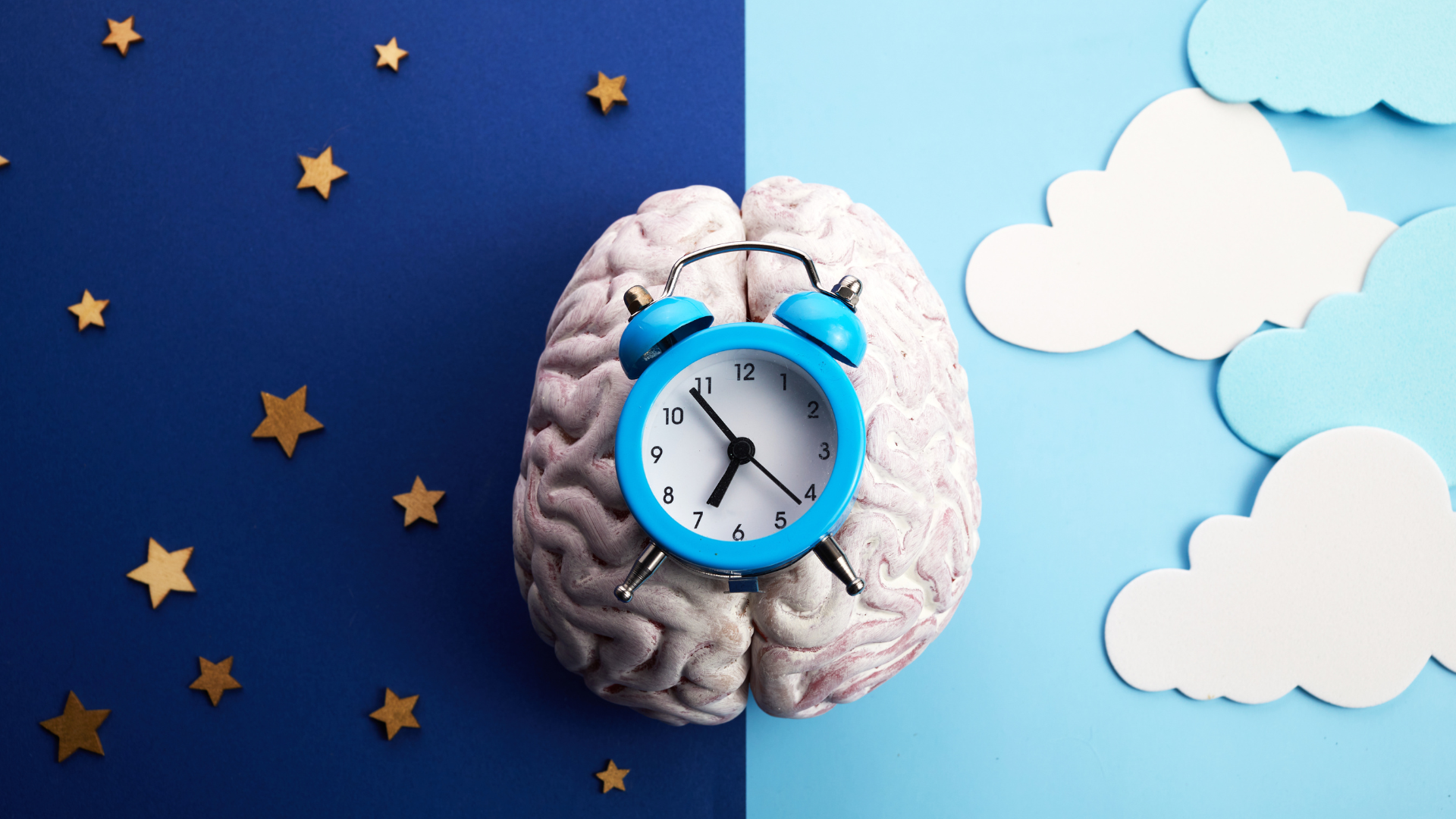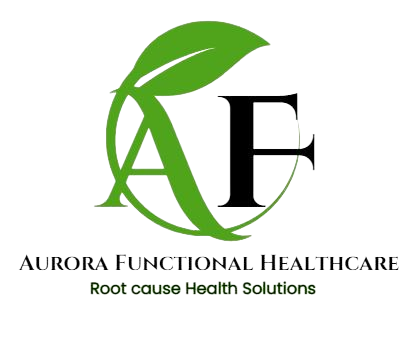Natural Ways to Combat Depression/ Anxiety Through an Adequate Diet and Exercise

Mental health challenges like depression and anxiety affect millions of people worldwide, and while therapy and medication play a significant role in managing these conditions, there’s also growing evidence that the foods we eat can have a profound impact on our mood and mental well-being. The concept of a "food-mood" connection isn’t new, but it’s gaining more attention as research shows that a healthy, balanced diet can play a critical role in managing symptoms of anxiety and depression.
If you're looking to naturally combat anxiety and depression, optimizing your diet could be a powerful first step. Here’s how the right foods can make a difference and what you should consider adding to your meals for better mental health.
1. Incorporate Omega-3 Fatty Acids
Omega-3 fatty acids are essential fats that are critical for brain health. Studies have shown that they may help alleviate symptoms of depression and anxiety by improving brain function and regulating mood. You can find omega-3s in foods like:
- Fatty fish (salmon, mackerel, sardines)
- Chia seeds
- Flaxseeds
- Walnuts
- Hemp seeds
These healthy fats are known to have anti-inflammatory properties, which can help reduce brain inflammation, a factor often linked to mood disorders.
2. Boost Your Intake of Probiotics
The gut-brain connection has garnered much attention in recent years, as research suggests that the health of your gut microbiome plays a crucial role in regulating your mood and emotions. A healthy gut can positively affect serotonin production, a neurotransmitter responsible for happiness and well-being.
Probiotic-rich foods like:
- Yogurt (with live and active cultures)
- Kefir
- Kimchi
- Sauerkraut
- Kombucha
- Miso
These foods contain beneficial bacteria that can improve gut health and may help manage symptoms of anxiety and depression.
3. Get Enough B Vitamins
B vitamins, especially folate (B9), B6, and B12, play a critical role in mood regulation. Low levels of these vitamins are often linked to feelings of depression and anxiety. To boost your B vitamin intake, consider adding these foods to your diet:
- Leafy greens (spinach, kale, collard greens)
- Beans and legumes (lentils, chickpeas, black beans)
- GF Whole grains (brown rice, quinoa, oats)
- Pastured Eggs
- Nuts and seeds (sunflower seeds, almonds)
- Fortified cereals
B vitamins support neurotransmitter function, which helps regulate mood, and they also contribute to the production of serotonin and dopamine, two key chemicals involved in happiness and relaxation.
4. Eat More Whole Grains
Whole grains are a rich source of complex carbohydrates, which provide a steady supply of energy to the brain. They can help stabilize blood sugar levels, preventing mood swings and irritability. When your blood sugar is stable, you’re less likely to feel fatigued or anxious.
Incorporating whole grains into your diet includes:
- Brown rice
- Perl Millet
- Oats
- Quinoa
- Teff
- Sorghum
Whole grains also contain fiber, which helps slow digestion and keeps blood sugar levels from spiking and crashing, thus preventing mood fluctuations.
5. Antioxidants from Fruits and Vegetables
A diet rich in fruits and vegetables helps reduce oxidative stress in the brain, which is linked to depression and other mental health disorders. Antioxidants, like those found in berries, leafy greens, and citrus fruits, help fight inflammation and protect the brain from damage.
Some antioxidant-rich foods to incorporate into your diet include:
- Blueberries (high in anthocyanins, which have been shown to improve brain function)
- Spinach (high in folate, which helps boost mood)
- Broccoli (rich in vitamin C, which reduces stress hormones)
- Oranges and kiwis (packed with vitamin C, which reduces the stress response)
6. Magnesium-Rich Foods
Magnesium is an essential mineral that plays a role in regulating the body’s stress response. A deficiency in magnesium has been associated with increased symptoms of anxiety and depression. Fortunately, magnesium can be found in a variety of foods, including:
- Leafy greens (spinach, Swiss chard)
- Almonds
- Pumpkin seeds
- Avocados
- Dark chocolate (in moderation)
Magnesium helps regulate neurotransmitters and is known for its calming effects, which can support relaxation and help reduce anxiety levels.
7. Limit Processed Foods and Sugar
While incorporating nutrient-dense foods can help reduce symptoms of depression and anxiety, it’s equally important to avoid foods that can exacerbate these conditions. Processed foods, refined sugars, and trans fats can cause blood sugar spikes and crashes, leading to mood swings and irritability. Reducing or eliminating processed snacks, sugary drinks, and fast food from your diet may help maintain better mood stability.
Instead, opt for whole, minimally processed foods to fuel your body and brain.
8. Stay Hydrated
Dehydration can have a significant impact on your mood, cognitive function, and overall mental well-being. Dehydration can lead to fatigue, irritability, and difficulty concentrating, all of which can contribute to anxiety and depression. Make sure to drink enough water throughout the day, aiming for at least 8 cups of water or more if you're physically active.
9. Be Mindful of Caffeine and Alcohol
Both caffeine and alcohol can contribute to heightened anxiety. Caffeine, in particular, is a stimulant that can increase heart rate and cause jitteriness or restlessness in some people. Alcohol, while initially relaxing, can interfere with sleep and may worsen anxiety and depression over time.
If you’re sensitive to either, consider reducing your intake or eliminating them from your diet altogether.
5. Antioxidants from Fruits and Vegetables
Finally, eating regular, balanced meals is essential for maintaining mental health. Skipping meals or not eating enough can lead to drops in blood sugar, which can trigger irritability and fatigue. Aim to eat three balanced meals a day with snacks in between if needed to keep your blood sugar levels stable and your mood balanced.
Conclusion
While diet alone isn’t a cure for depression and anxiety, it can certainly help manage and alleviate symptoms. By incorporating foods that are rich in nutrients that support brain function, mood regulation, and overall health, you can create a solid foundation for better mental health. Remember that a holistic approach, including therapy, physical activity, and stress management, is essential for long-term well-being.
Making small dietary changes can have a big impact on how you feel both physically and mentally. Start by including some of the foods mentioned above, and you may begin to notice improvements in your mood and overall mental health. Always consult with a healthcare provider if you’re considering making significant changes to your diet, especially if you're dealing with mental health conditions.
How Physical Exercise Can Help Combat Depression/Anxiety

Depression is a challenging condition that affects millions of people worldwide. It can make even the simplest tasks feel overwhelming, and often, those suffering from it feel isolated and disconnected from the world around them. While therapy and medication are commonly prescribed treatments, one powerful tool for managing and even reducing symptoms of depression is often overlooked: physical exercise.
The link between exercise and mental health has been studied extensively, and research consistently shows that physical activity can be incredibly effective in fighting depression. In this blog, we’ll explore how exercise benefits the brain, the best types of exercises to try, and why making movement a part of your daily routine can significantly improve your mental well-being.
1. The Science Behind Exercise and Depression/Anxiety
Exercise has a profound effect on the brain. When you engage in physical activity, your body releases endorphins, often referred to as "feel-good" hormones. These chemicals act as natural painkillers and mood boosters, improving feelings of happiness and reducing stress.
Additionally, exercise helps regulate other neurotransmitters like serotonin and dopamine, both of which play a role in mood regulation. Studies have shown that regular exercise increases the availability of these neurotransmitters, which can help alleviate symptoms of depression.
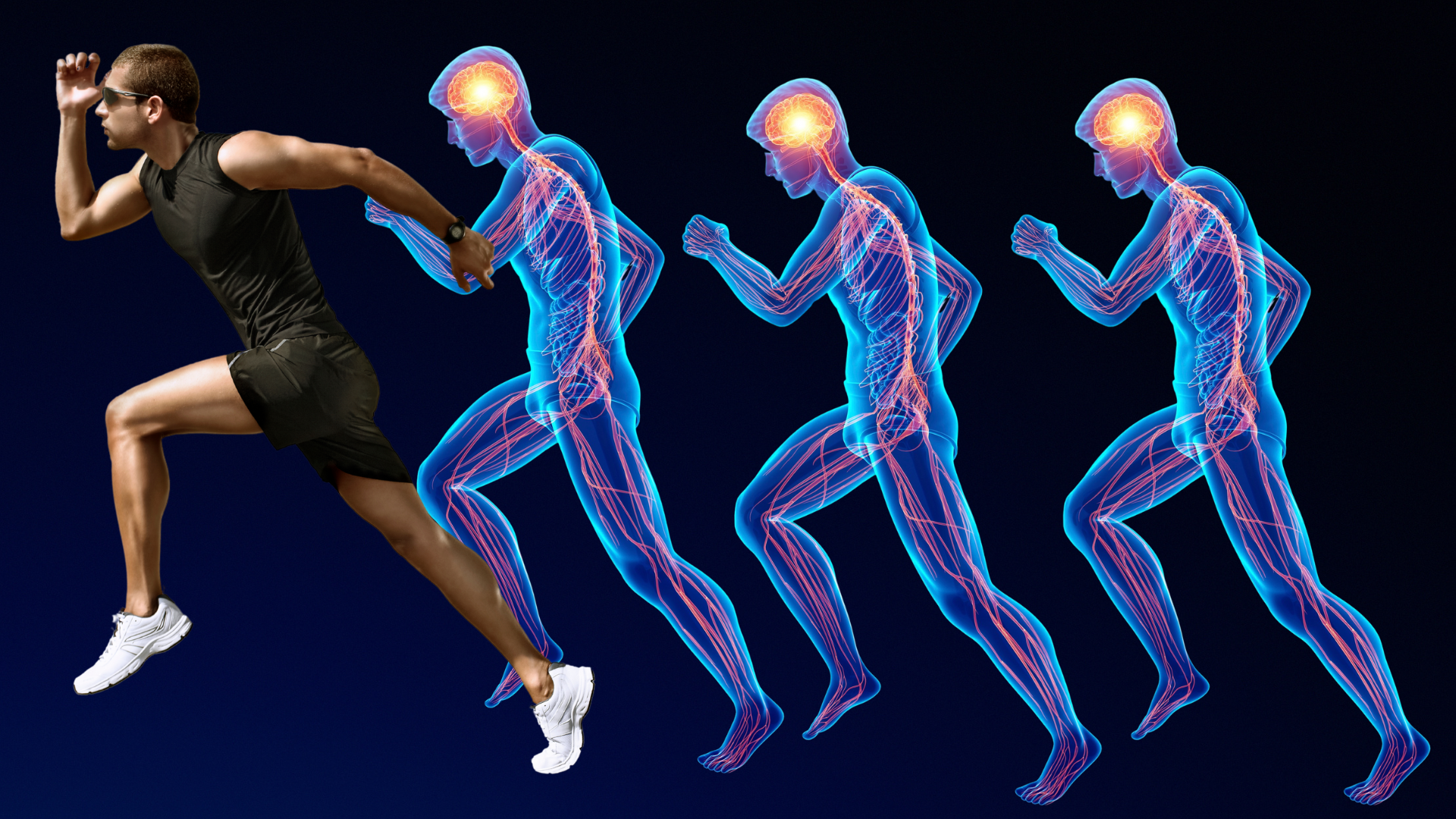
Moreover, exercise stimulates the growth of brain-derived neurotrophic factor (BDNF), a protein that promotes the health of brain cells and encourages the growth of new neurons. Low levels of BDNF have been linked to depression, so boosting it through physical activity can be a powerful tool in managing the condition.
2. The Mood-Boosting Benefits of Physical Activity
Exercise provides both short-term and long-term benefits for mental health. Let’s break down some of the key ways physical activity helps fight depression:
Improved Sleep: Exercise promotes better sleep, which is often disrupted by depression. Regular physical activity helps you fall asleep faster and enjoy a deeper, more restful night’s sleep, which is vital for mental health.
Increased Energy Levels: Depression often comes with feelings of fatigue and exhaustion. Paradoxically, physical activity increases energy levels and combats feelings of lethargy, giving you more stamina throughout the day.
Stress Relief: Exercise reduces the levels of cortisol (the stress hormone) in the body. Lower cortisol levels can lead to a reduction in feelings of stress and anxiety, helping you feel more relaxed and at ease.
Increased Self-Esteem: Accomplishing a workout or physical challenge boosts confidence and fosters a sense of accomplishment, helping to combat feelings of worthlessness or low self-esteem often associated with depression.
3. Best Types of Exercise for Depression
Not all exercises are created equal when it comes to mental health benefits. The best exercises for combating depression are those that you enjoy and that you can do regularly. Here are a few types of exercise that have been shown to help reduce symptoms of depression:
Aerobic Exercise
Aerobic exercises like running, swimming, cycling, or dancing are excellent for improving mood. These exercises increase heart rate, which leads to the release of endorphins and other brain chemicals that fight depression. Aim for at least 30 minutes of aerobic exercise a few times a week to experience its mood-boosting effects.
Strength Training

Strength training exercises, such as weightlifting or resistance training, can be just as effective as aerobic exercise in alleviating depression. Strength training not only improves physical health but also promotes feelings of accomplishment and empowerment, which can positively impact mental well-being.
Yoga
Yoga is known for its combination of movement, stretching, and breathing exercises, which help reduce stress and promote relaxation. It encourages mindfulness, which can help individuals living with depression stay present in the moment rather than getting overwhelmed by negative thoughts.
Walking or Hiking
If you’re new to exercise or dealing with severe depression, walking is an excellent way to start. Whether it’s a walk around your neighborhood or a hike through nature, walking can be a gentle but effective way to get moving. The act of walking outdoors in nature has the added benefit of exposure to sunlight, which boosts vitamin D levels—important for mood regulation.
Team Sports or Group Fitness Classes

Joining a sports team or group fitness class offers social benefits in addition to physical ones. Interaction with others while being active can reduce feelings of isolation and provide a sense of community, which is particularly beneficial for individuals dealing with depression.
4. How Much Exercise is Enough?
The good news is that you don’t need to engage in intense exercise to see the mental health benefits. Studies have shown that even moderate-intensity exercise can significantly reduce symptoms of depression. Aiming for 150 minutes of moderate exercise per week—or about 30 minutes five days a week—is a great goal to start with.
Remember, any physical activity is better than none. If you’re feeling overwhelmed, start small. Even a short walk, stretching, or light yoga can have positive effects. The key is to make it a regular part of your routine, as consistency is what ultimately brings lasting benefits.
5. The Mind-Body Connection
One of the most profound effects of exercise on depression is the mind-body connection it fosters. When you exercise, you're not just moving your body; you’re also engaging your mind. Exercise helps break the cycle of negative thoughts, as it encourages you to focus on the task at hand and experience the present moment. This shift in focus can provide relief from the rumination that often accompanies depression.
Moreover, exercise helps you reconnect with your body. It gives you the opportunity to feel strong, capable, and healthy, counteracting feelings of helplessness or self-doubt. For those with depression, reclaiming this sense of control and self-efficacy can be a crucial step toward healing.
6. Exercise as Part of a Comprehensive Treatment Plan
While exercise is a powerful tool for managing depression, it’s important to remember that it’s not a replacement for other forms of treatment, such as therapy or medication. Exercise should be viewed as a complementary treatment that can enhance other therapeutic methods.
If you’re struggling with depression, speak with a healthcare provider about developing a comprehensive treatment plan that includes both physical activity and mental health support.
Aurora Functional Healthcare






